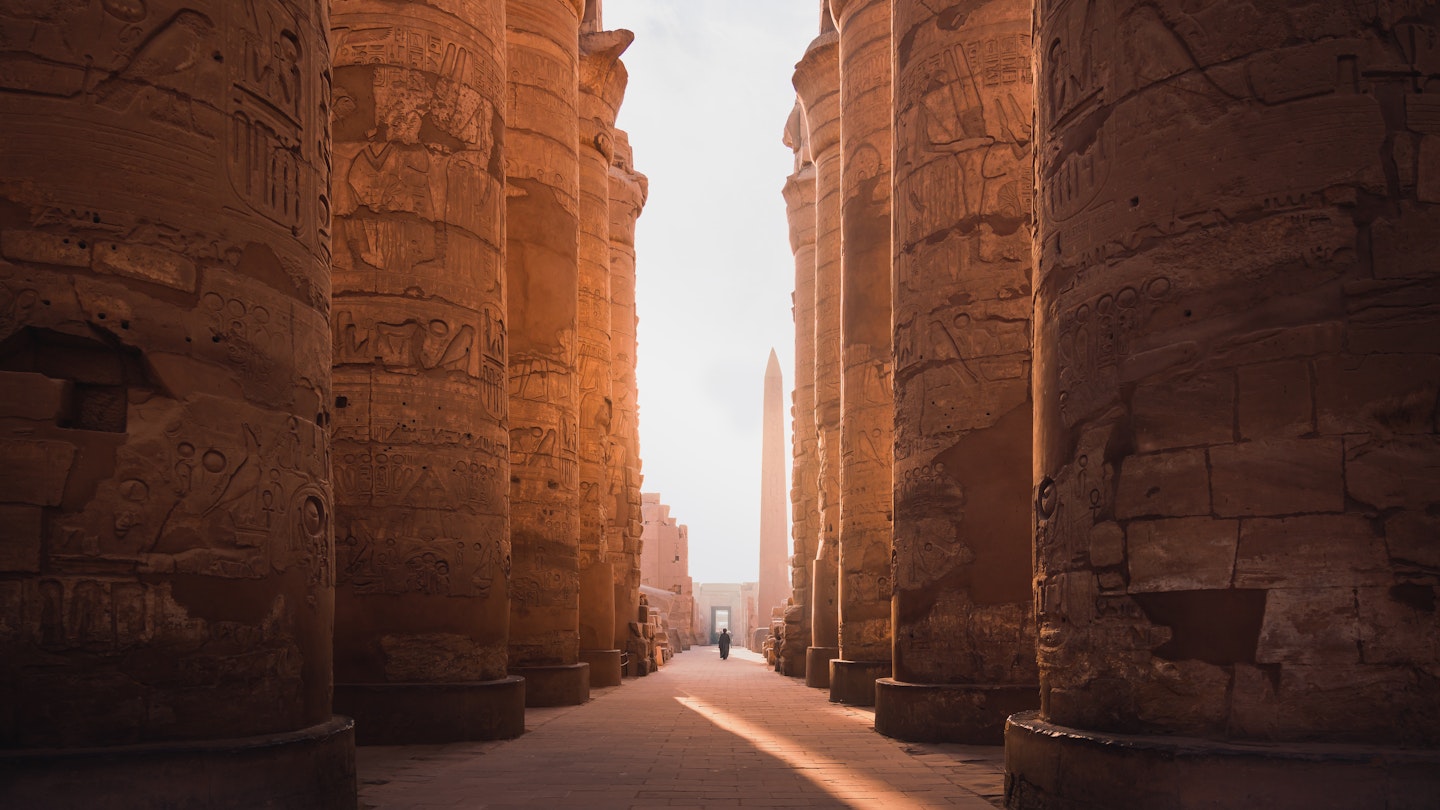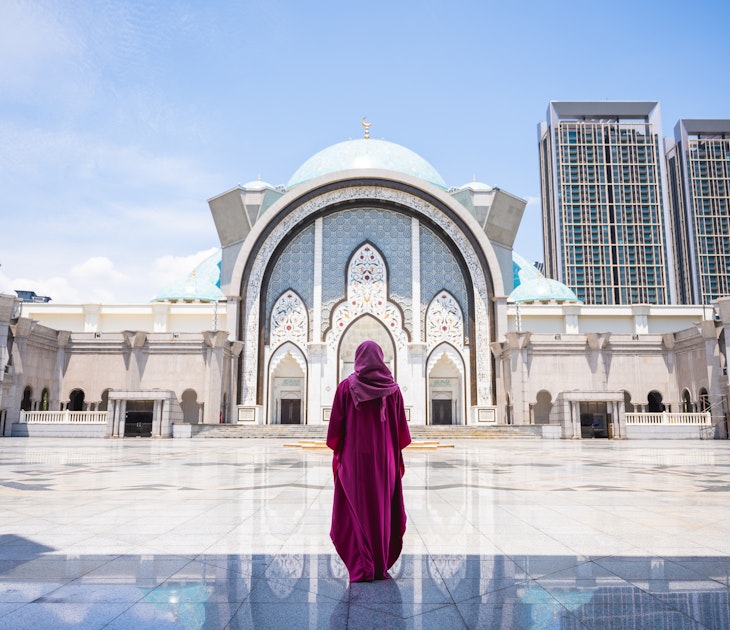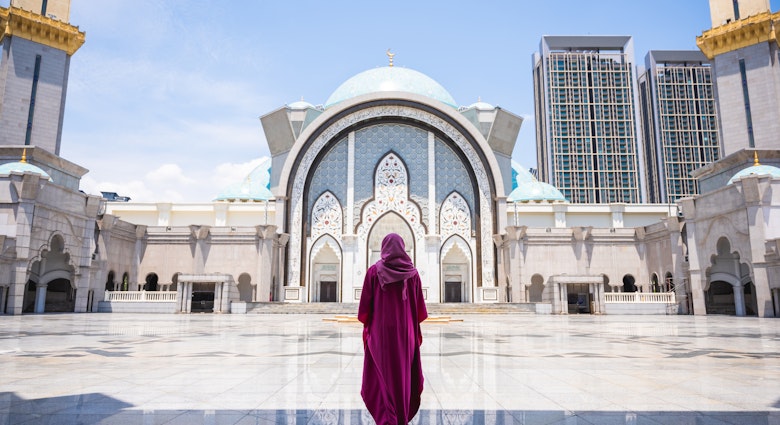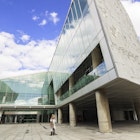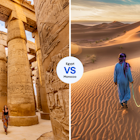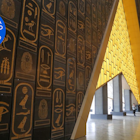Ancient Egypt has captivated the world for millennia, with its cryptic language of hieroglyphs, legendary god-level pharaohs and mysterious and well-preserved temples and tombs. But although ancient Egypt might be long gone, that doesn't mean it's dead. This civilization is coming more to life now than it has in years, as the modern country makes bold moves to preserve, restore and showcase its heritage like never before.
With the upcoming anniversary of archaeologist Howard Carter's discovery of King Tutankhamun's tomb – 100 years in 2022 – and the long-awaited opening of the Grand Egyptian Museum, Egypt is banking on the legacy and mystery of its past to lure in travelers. Discoveries continue apace, adding to the extensive collection of unbelievable artifacts from one of the planet's most impressive and enduring cultures.

Learn about new discoveries at state of the art museums
The Egyptian sands continue to slowly give up their treasures that have been secreted away for thousands of years, triumphantly unearthed by archaeologists across the country. In Saqqara, an active burial ground for more than 3500 years, the discovery in January of a temple with inscriptions dedicated to a previously unknown ancient queen is rewriting history.
A month later, near Alexandria on the Mediterranean coast, archaeologists uncovered burial chambers housing two golden-tongued mummies. Experts believe the golden tongues gave the mummies the ability to speak in the afterlife. Farther south in the Nile-side city of Sohag, researchers found a 5000-year-old brewery that likely made beer for funerary rituals. Experts think it's the oldest in the world.
One of the country's richest archaeological sites continues to be the area around Luxor, the modern city and great open-air museum that sits on top of ancient Thebes, once the grand capital of Upper Egypt. In April, archaeologists dug up a 3000-year-old lost city that researchers hailed as the most significant discovery since Tut's tomb was found in the nearby Valley of the Kings.
Travelers will be able to ogle these artifacts and tens of thousands more at Cairo's new Grand Egyptian Museum, finally slated to open in late 2021 after years of delays. The GEM will be the world's largest museum dedicated to a single civilization when it opens. Curators have already moved more than 50,000 artifacts – some never seen before and just pulled out of storage – to the museum, which will also display all of Tutankhamun's burial treasures in the same place for the first time.
For those who can't wait, you can get a taste of what's in store at the National Museum of Egyptian Civilization, which is open now and saw the arrival of 22 of the country's most famous mummified pharaohs during the regal Royal Mummies Golden Parade in April.
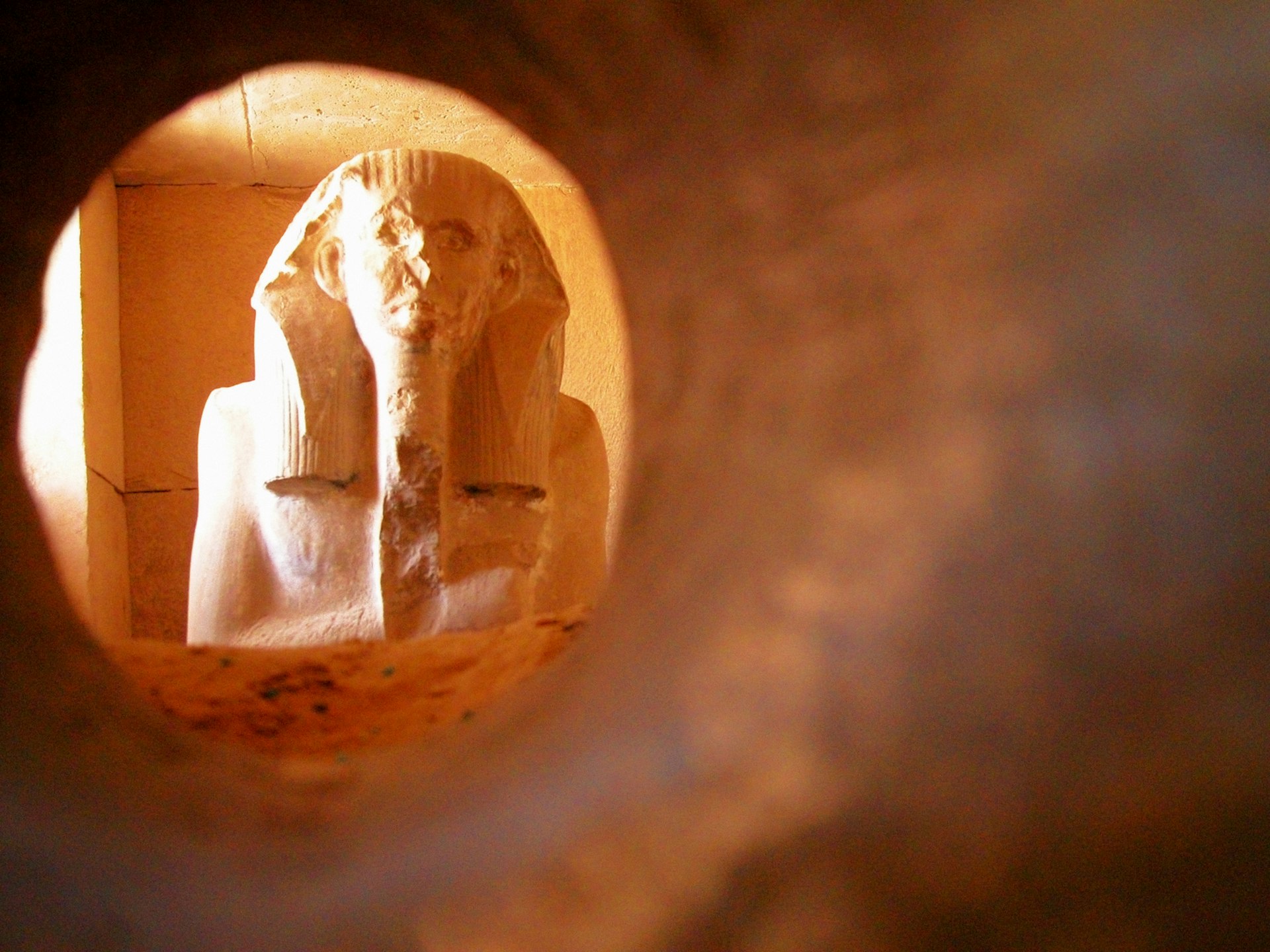
Head to Saqqara to see Egypt's most active dig
The Pyramids of Giza, the last surviving wonder of the ancient world, is Egypt's most obvious icon, but, surprisingly, they are some of the least interesting historical sites to visit. While travelers should not skip a visit to Giza, especially because this is the location of the Grand Egyptian Museum as well as the recently opened Sphinx International Airport, keen adventurers should set their sights a little farther south to Saqqara and Dahshur.
This huge necropolis, the country's largest archaeological site, has a trifecta of pyramids of its own – with more being unveiled every year. Egypt's Ministry of Tourism and Antiquities estimates that only 1% of the site has been excavated so far.
Saqqara and Dahshur were the proving grounds for ancient architects, the predecessors and drafting table designs that made the Pyramids of Giza possible. Egypt's oldest pyramid, the 4700-year-old Step Pyramid of Zoser at Saqqara, reopened in 2020 after a 14-year, $6.6 million restoration project stabilized the structure, and for the first time in more than a decade, visitors can once again poke around its interior tunnels and chambers.
In Dahshur, the Bent Pyramid, constructed around 2600 BCE, reopened to the public in 2019 for the first time in 50 years, and travelers can now go inside its "side pyramid," believed to have been built for the pharaoh's wife, for the first time since it was excavated in 1956.
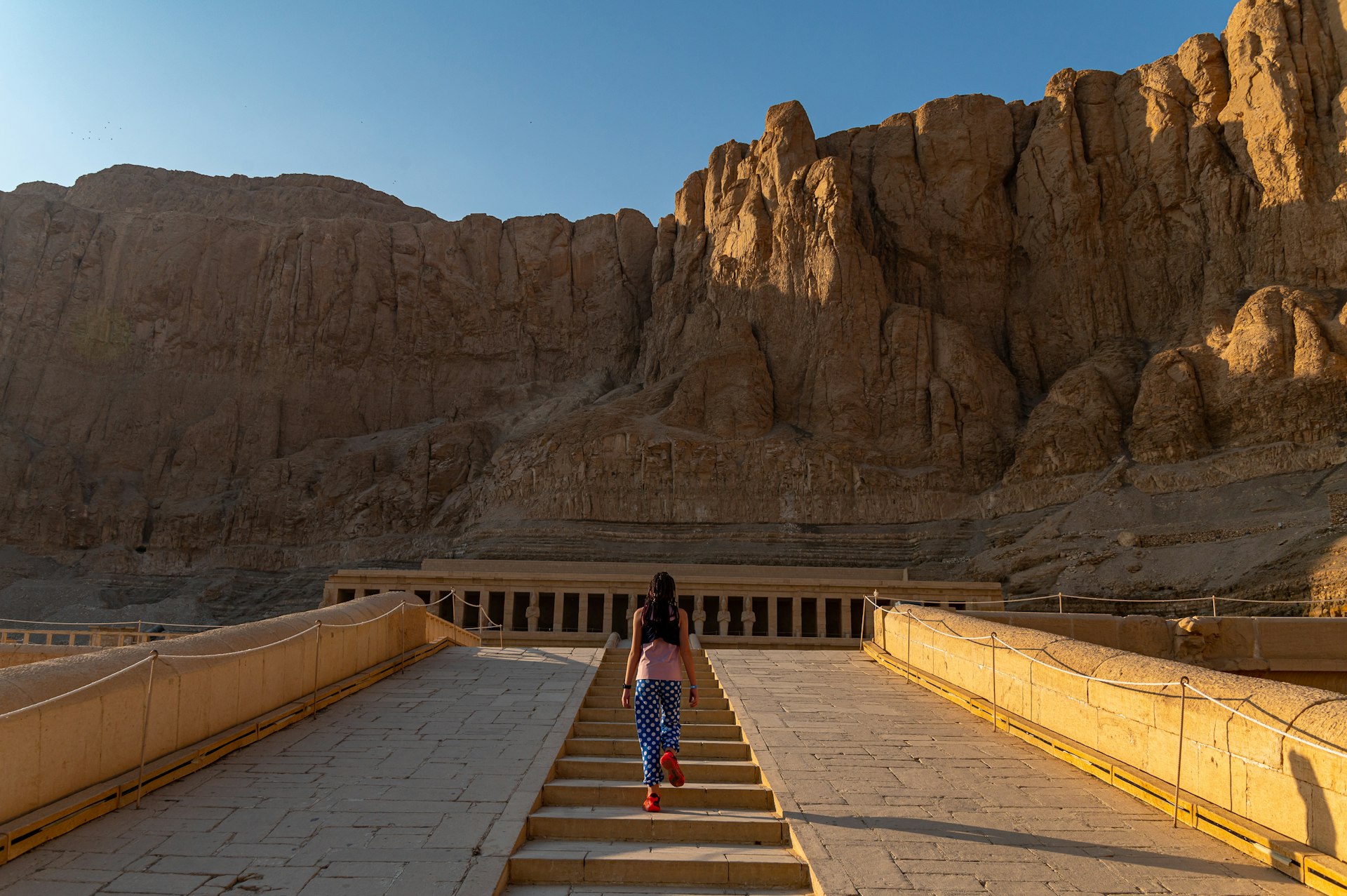
Luxor's Valley of the Kings has the most beautiful tomb
Often called the world's largest open-air museum, Luxor is a treasure trove like nowhere else. Recent archaeological findings range from an entire "golden" city to a massive haul of 3000-year-old wooden coffins with complete inscriptions. The Valley of the Kings, the resting place for royalty since 2100 BCE, is one of Luxor's top draws, but the site's complex ticketing system can leave some visitors missing out on worthwhile discoveries of their own.
Simply existing inside these ancient structures causes them damage: the sweat, carbon dioxide and humidity from breathing are enough to crack and peel the antique paint. Tour guides are not even allowed inside to cut down on human emissions.
Egypt's Ministry of Tourism and Antiquities has added dehumidifiers and glass screens in some chambers and started a rotation system. Out of the 60-plus tombs in the valley, only a dozen or so are open at any given time. But your ticket is valid for only three tombs, with a few additional tombs, including King Tutankhamun's, available for an additional cost.
It pays to choose wisely. My most cherished memory of my trip to Egypt was visiting the Tomb of Seti I. The tomb had recently been open to visitors after receiving a Technicolor restoration. It was stunning; the restoration made the hieroglyphic inscriptions and wall reliefs look like artists had painted them yesterday.
Descending through the quiet burial chamber corridors, that morning empty of other visitors, past painting after painting, I could have died and gone to heaven myself. Down in the crypt, the vaulted ceiling – the first tomb here to be constructed with this type of roof – is a mural of simple but emotive stars on a black backdrop, surrounded by scenes from the Book of Gates, a funerary text that guides the deceased into the next world.
Perhaps others were put off by the considerable additional expense – LE1000 (about $64), the highest ticket price in Egypt for a single site. Still, I thought it was worth every penny to see the most beautiful tomb in the entire Valley of the Kings.
Get the full historical Luxor experience by staying at the Sofitel Winter Palace, a British colonial-era hotel on the banks of the Nile that was refurbed in 2019. Here on the hotel's stairs, Howard Carter announced the discovery of King Tut's tomb in 1922.
Follow in ancient footsteps on the Red Sea Mountain Trail
For an up-close and personal perspective on Egypt's history, sign up to hike the Red Sea Mountain Trail, a recently created 105-mile trek that takes about 10 days. The local Maaza Bedouin tribe runs this community initiative, mainland Egypt's first long-distance trail, and travelers can head out on foot to walk with the people who know this land most intimately.
The Red Sea Mountain Trail might be new, but the pathways that it follows are well-worn travel, trade and smuggling routes that tread deep into the wilderness of eastern Egypt, an area rarely explored by outsiders. The hiking loop winds past the mainland's highest mountain peaks, graffiti left by the Nabataeans (best known for their immaculately carved capital of Petra in Jordan) and ancient Roman towns with forts, watchtowers and gates still partially in situ.
You might also like:
Getting to know the pyramids of Giza
The best time to go to Egypt
Hiking, canyoning and climbing: finding adventure in the Middle East
Egypt is on our 2022 Best of Travel list. For more stories from some of the world’s most exciting destinations click here.
Safety recommendations and restrictions during a pandemic can change rapidly. Lonely Planet recommends that travelers always check with local authorities for up-to-date guidance before traveling during COVID-19.

